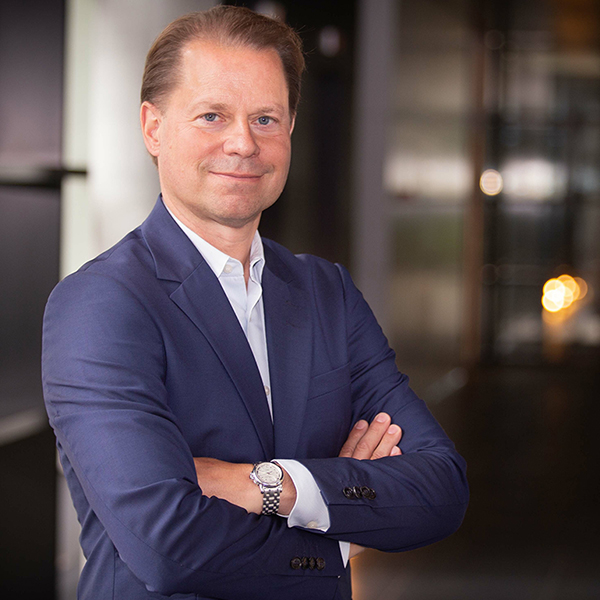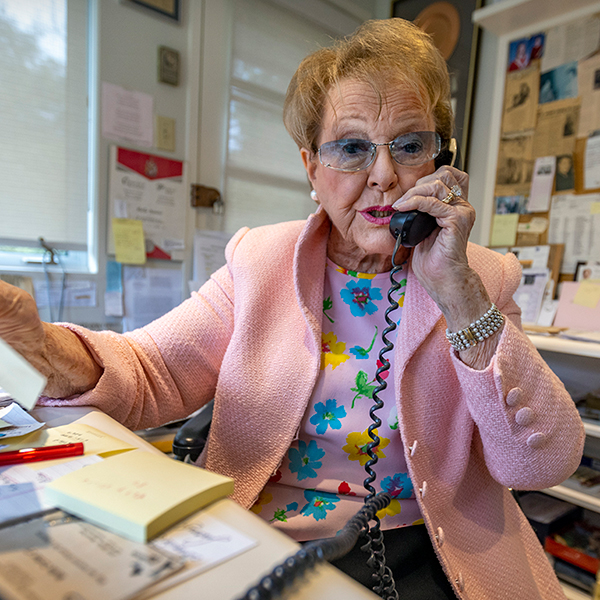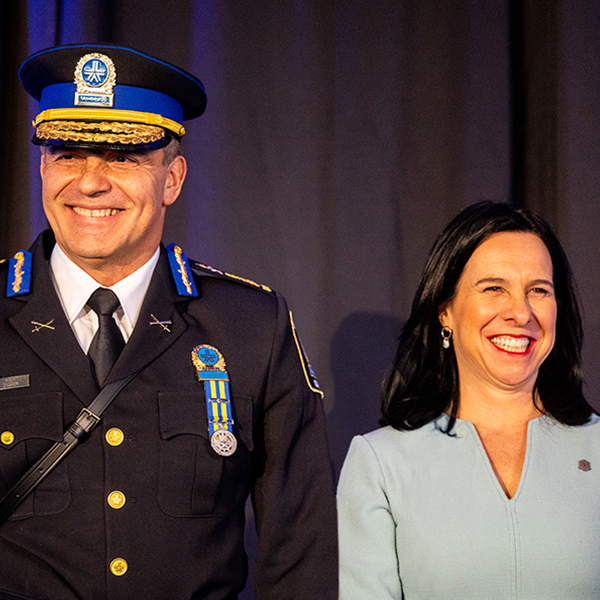In a city and province where hockey is everything, McGill graduates Patrick Delisle-Houde and Donald Balmforth work at the epicentre of those collective hopes and dreams.
Delisle-Houde, BSc(Kinesiology)’15, MSc’17, is the Montreal Canadiens’ strength and conditioning coordinator, while Balmforth, BSc (PT)’04, is the head physiotherapist.
Their busy behind-the-scenes jobs take them on the road with the Canadiens as they help players stay in peak form and bounce back from injuries during their bruising 82-game schedule.
“I do all the planning in terms of strength and conditioning in the gym,” says Delisle-Houde.
With games virtually every second day limiting the amount of power training that’s possible, Delisle-Houde says they work on maintaining speed “because if you look at the game right now, players are skating faster and faster every day. We also do work a lot on injury prevention in terms of mobility of the hips and the shoulders.”
Balmforth helps rehab injured players, but spends the bulk of his time working with players who are in the lineup but have “complaints”, such as pain or a restriction that prevents them from performing at their best.
He also works with players who feel great despite bumps and bruises. “And those are the guys where we want to bring into the performance world and say, ‘Are you moving as well as you can?’ And that’s what I wanted to start working on more.”
He offers an example: When you walk, the primary hip extensor to propel yourself forward are your glutes, especially in a skating stride. If there’s a millisecond hesitancy in a player’s glutes working, the hamstring kicks in. “If they’re overusing their hamstring, they’re putting themselves in a less-than-optimal performance position, and we’re wearing it down,” Balmforth explains.
How do they try to correct that? “Most of what we do is dumb down the exercise. Put them in a position where they are able to recruit the glute in a timely manner, without compensation. And then progressively build them up from that position,” says Balmforth, who notes players have to learn to do it reflexively so that their body chooses to move in the more efficient pattern.
Balmforth studied physiotherapy at the University and worked with the McGill football team. He spent four seasons with the Montreal Alouettes, worked in private clinics in Montreal, and was a physiotherapy consultant to the Canadiens for 11 years, before joining the team full time last season.
“My day, if I had to describe it to somebody, I help people all day,” Balmforth says about his chosen profession. “Isn’t that an awesome job? You get to wake up in the morning, nothing is completely foreign, you’ve experienced this, you’ve been well trained in school … but nothing is easy. Nothing is cookie cutter. You have two shoulder injuries, two knee injuries, it’s never the same.”
Delisle-Houde, a former captain of the McGill hockey team, was recruited to play for McGill after skating for the Rimouski Océanic and Moncton Wildcats in the Quebec Major Junior Hockey League. He initially thought studying at McGill was out of the question because he didn’t speak much English, but picked up the language in Moncton. Which isn’t to suggest his first few weeks at McGill were a walk in the park.
“The first month was a disaster. I spent more time on Google Translate than in my books,” recalls Delisle-Houde, a Quebec City native. “But after that, it was a good adjustment and it went very well for the next five years.”
In fact, in his rookie season with McGill, Delisle-Houde won the Guy Lafleur Award of Excellence as the Quebec university player who best combined excellence in hockey and academics.
“My undergrad [in kinesiology] was great and really made me think outside of the box,” he says. It’s why he decided to pursue a master’s at McGill in kinesiology and physical education with a focus on exercise physiology. “The master’s was great as well. Great people. I still work with them.”
While at McGill, Delisle-Houde became a certified strengthening and conditioning specialist through the National Strength and Conditioning Association in Colorado. He also did an internship with the Canadiens working with Pierre Allard, who heads up the sports science and performance department that the team launched last year to tap into the latest technology and research.
Delisle-Houde works closely with Allard and keeps abreast of developments in their field by reading scientific journals and staying in contact with professors who are doing research that relates to his work at McGill and the Université de Montréal.
Working with professional athletes is a lot of fun, and a good challenge because they want to be pushed all the time, Delisle-Houde says. “They’re top athletes, they’re expecting top services at the same time.”
The best part of the job? When they work on something with a player and then see the improvement in his performance, Delisle-Houde says. For example, if they work on a player’s speed and he feels faster or a player’s shoulder strength and he feels more solid on the ice.
Balmforth calls it a blessing to work for the storied franchise. “The people in these four walls who are working here now make it what it is … and I love how we pull all in the same direction for our one goal – and that’s to be successful at the end of the playoffs.”
Long-suffering Habs fans might add ‘amen to that.’


